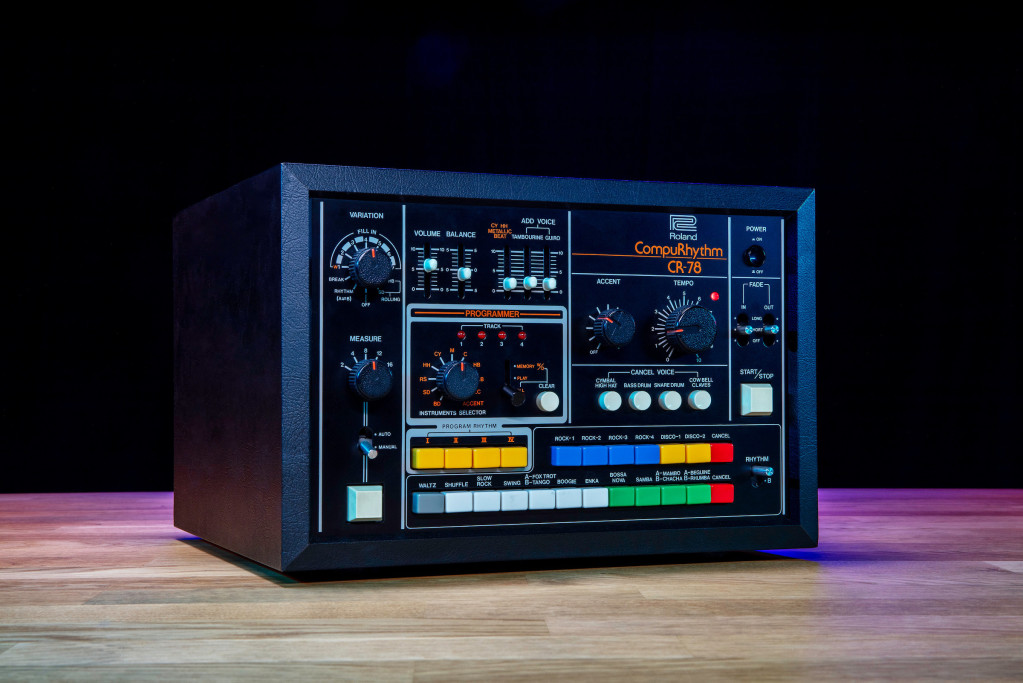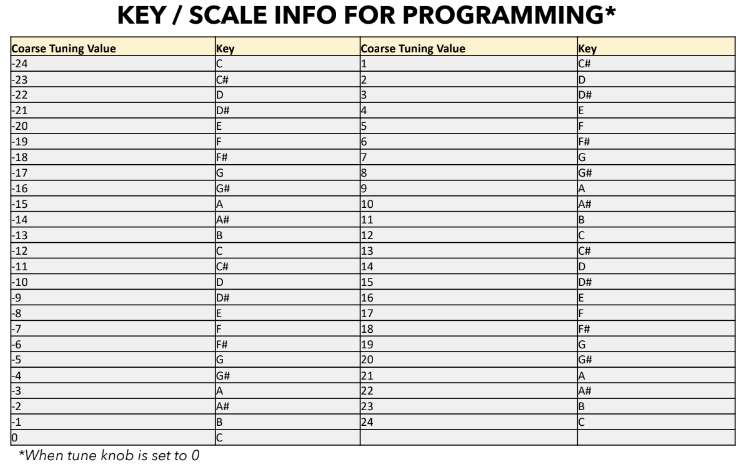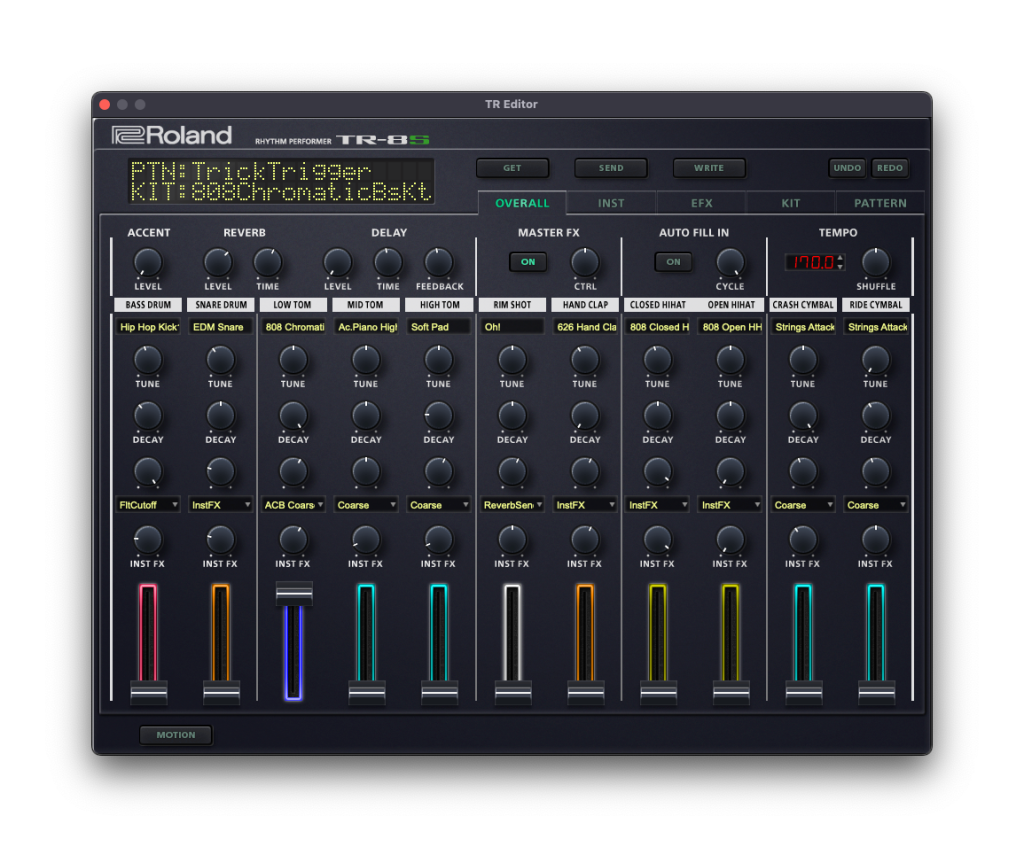Just when you thought the Roland TR-8S (and its little sibling, the 6S) couldn’t do any more – there’s this. Surprise: Roland’s drum machine for the rest of us just packed in new CR-78 and chromatic 808 bass models, plus a ton of new content, and a compact UI for the TR Editor. I’ve been playing with the release candidate firmware and – yes, indeed. Happy 1209 day, everybody!
I’ve sung the praises of the TR-8S before. It’s just packed with content and a whole lot of voicing and sound creation labor. (It doesn’t hurt that some great Japanese musicians have had input into this box, and yeah, I’m biased on their behalf.) It has superb-sounding models of all the major Roland TR drum machines. The FX have recently added some of the more invaluable SP effects. And it has a unique FM engine that sounds like nothing else. It has multiple outs, which are assignable – and which you can use as triggers with other gear. There’s multichannel USB support. And you can load your own sample waveforms. And, especially, it’s got that big XOX and fader interface, so it’s handy live.
The architecture has its limitations – the editor is not the easiest to use, and there are some extra steps for managing and loading samples. But there’s just so much in there – and the performance interface is really intuitive.
And yes, I’ll use TR-8S / TR-6S somewhat interchangeably as they have exactly the same internal sound capabilities. The 6S is cute and portable and all, but I’d absolutely recommend springing for the 8S, as the workflow on the full-sized model is the whole point.
Okay, so what’s new? Think CR-78 model and chromatic 808 bass model.

CR-78 meets ACB
The Roland CR-78 – the drum machine of Phil Collins’ “In the Air Tonight,” Blondie’s “Heart of Glass,” and Gary Jules’ “Mad World” – is absolutely a surprise for the TR-8S/6S. Roland helpfully includes all the CR-78 patterns and variations, because a lot of the tracks you know just punched those in.
What’s special here is that Roland has applied the ACB (Analog Circuit Behavior) modeling to their recreation. Combine that with pitch, decay, and additional timbral controls, plus the TR’s sub-steps and automation, and you wind up with something well beyond what the original CR-78 could do.
I can also say – this immediately is more dynamic to use than the countless sampled CR libraries we’ve had over the years. Instead of just sounding tinny and boring, some of the sounds wind up being real stand-outs to mix into other kits. (It’s worth saying, too – the 808 wouldn’t be what it is without the legacy of those CR sounds.) I also had some luck putting these through the FATTENER master effect.
You certainly would never say that Roland is reproducing the lush, fat, rich sound of the CR-78 (ha!). But in fact, having this as a circuit model does open up some real sound possibilities. Even if it’s just a couple of parts to put alongside, say, an 808 kick and some FM sounds, you do get a beautifully retro-but-new sound. I mean, some definitely do sound dated and ridiculous, but that’s also part of the fun.
There are plenty of sounds to choose from on the original CR-78, as well – 14, so you have to manually choose 11 to fit the TR-8S/6S. (You won’t want all 14, anyway, I expect.) Your choices:
Bass Drum, Snare Drum, Low Congo, Low Bongo, Cow Bell, Rim Shot, Low Conga, Hi-Hat, Tambourine 1/2, Guiro, Metallic, High Bongo, Clave.
Roland has added a number of kits and variations to the new firmware. The generic CR-78 kit maps a lot of parameters to CTRL (snappy for the snare, ring mod for a lot of parts). You’ll get these when you reset to factory settings (via UTILITY).
Want more CR-78? (I mean, no, probably you don’t – but heh, let’s have it anyway. “Mad World” is cool!)
And Roland has published a story looking back at their original “computer” drum machine:
Just quickly jamming with it while writing…
808 Chromatic Bass
Roland already has one of the most solid recreations of the TR-808 in modeling. Now that same model gets applied to chromatic bass, for the now-familiar technique of programming your bass lines with an 808 kick sound.
This one is actually simpler than the CR-78 release – it’s really just adding an ACB Coarse parameter so you can make your tuned basslines. (Coarse tuning runs from -24 to 24, four octaves C – C.) You just need to assign the ACB Coarse parameter to the control parameter (the CTRL knobs just above the faders), or load up a new premade kit that has that assigned already.
Actually, wait – with that range, you could also think about this as a melodic 808, not just an 808 “bass” per se. And keep in mind all the usual 808 parameters are still mappable, and you have the full TR-8S/6S architecture behind you.
You’ve got really two ways to program in those melodic parts. Either way, set TR-REC to on. Then either twist in the automation, or for more control, stop playback, hold a step, and turn the assigned CTRL knob to adjust coarse tuning. (Roland doesn’t call these parameter locks, but yeah, they’re parameter locks.)
The result is that you can do what producers did with sampled 808 bass – but with the added dynamic control of having the actual modeled bass drum sound.
Oh yeah, one little note – notice how this tuning table assumes tune is set to 0? You can extend the range more by adjusting tuning – or get a chromatic bassline that you detune with the tune control. There are tons of possibilities here that actually aren’t in even software 808 bass tools, partly because of the idiosyncratic nature of adding them to this hardware ACB model. I’m in.

Roland added a kit called 808 Chromatic Bs which has the parameter set to LT.
TR EDITOR UI tweak
I’d like to see more work done on Roland’s TR EDITOR, but this is at least one addition – there’s now a compact mode. It’s not all that different, but at least it’ll fit on more screen resolutions.

Updating tip
So I find it useful to go through and not only backup my whole device, but also export my most-used patterns and kits. Remember that you can do that via UTILITY > Utility > Export [Kit/Pattern], and then you have them at the ready on the same SD card.
And that’s it. Enjoy this one.
Yes, the TR-8S is in my live rig.